Lemongrass Repotting: How To Repot Lemongrass Herbs
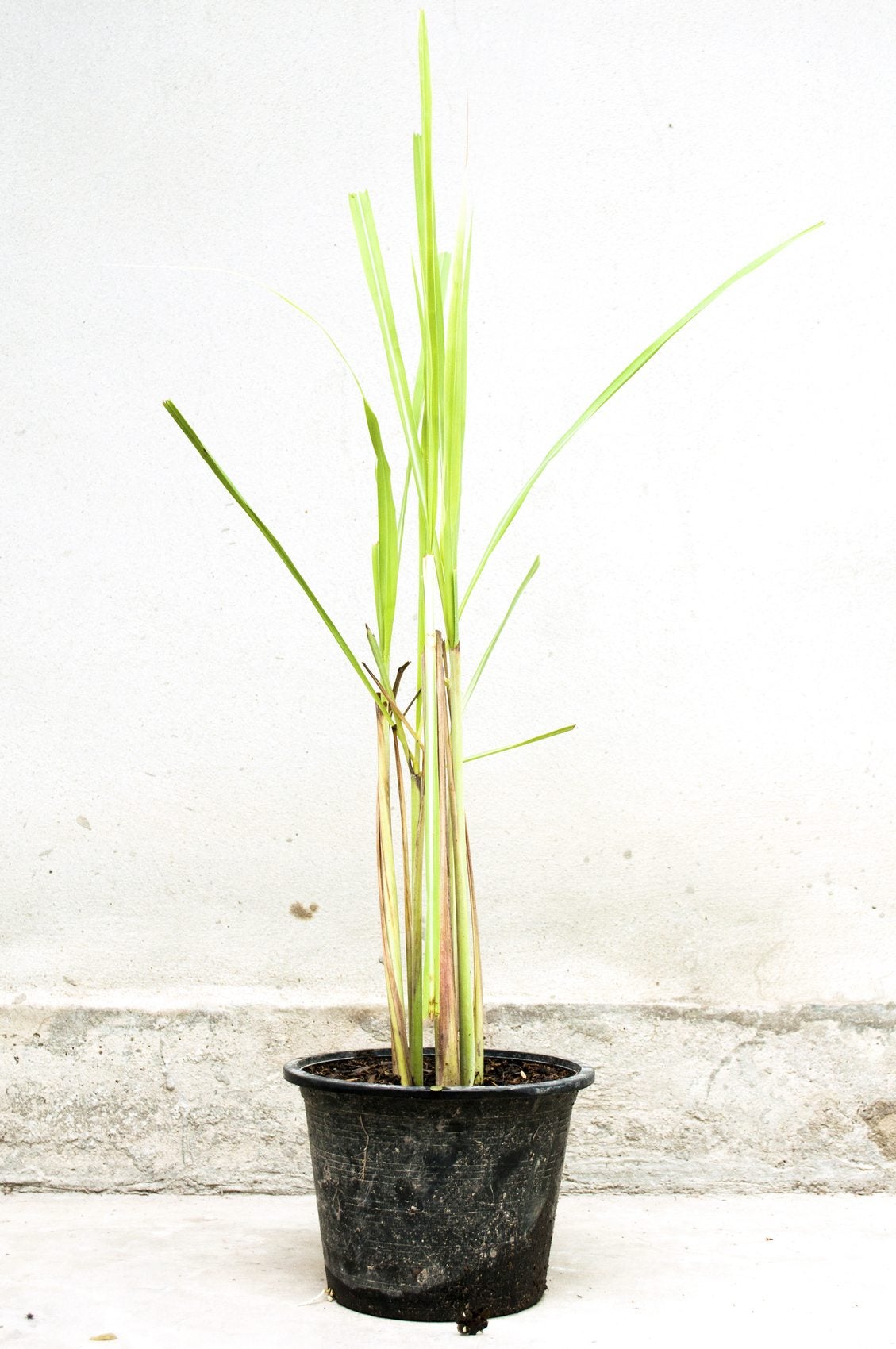

Lemongrass can be treated as an annual, but it can also be grown very successfully in pots that are brought indoors for the colder months. The one problem with growing lemongrass in containers, however, is that it spreads quickly and will have to be divided and repotted frequently. Keep reading to learn more about how to repot lemongrass.
Repotting Lemongrass
Lemongrass is a great plant to have on hand if you like to cook Asian cuisine. The plant is hardy in USDA zones 10 and 11. In those zones, it can be grown in the garden, but, in colder climates, it won’t survive the winter and should be grown in a container. Potted lemongrass plants require repotting at some point. The best time to repot a lemongrass plant is in the fall. By this time, the plant will have finished growing for the year, and it will be time to move your pot indoors before the temperatures drop below 40 degrees F. (4 C.). When you move your lemongrass indoors, place it in a sunny window. If you suddenly find yourself with more lemongrass than window space, give it away to friends. They’ll be grateful, and you’ll have plenty more next summer. Lemongrass grows best in a container that’s about 8 inches (20 cm.) across and 8 inches (20 cm.) deep. Since it can grow much larger than that, it’s a good idea to divide and repot a lemongrass plant once every year or two. Lemongrass repotting is not at all difficult. Simply tilt the pot on its side and pull the root ball out. If the plant is especially rootbound, you may have to really work at it and there’s a chance you’ll have to break the container. Once the plant is out, use a trowel or a serrated knife to divide the root ball into two or three sections. Make sure each section has at least some grass attached to it. Prepare a new 8 inch (20 cm.) pot for each new section. Make sure each pot has at least one drainage hole. Fill the bottom third of the pot with growing medium (regular potting soil is fine) and place one of the lemongrass sections on top of it so the top of the root ball is an inch (2.5 cm.) below the rim of the pot. You may have to adjust the level of the soil to do this. Fill the rest of the pot in with soil and water thoroughly. Repeat these steps for each section and place them in a sunny spot.
Gardening tips, videos, info and more delivered right to your inbox!
Sign up for the Gardening Know How newsletter today and receive a free copy of our e-book "How to Grow Delicious Tomatoes".

The only child of a horticulturist and an English teacher, Liz Baessler was destined to become a gardening editor. She has been with Gardening Know how since 2015, and a Senior Editor since 2020. She holds a BA in English from Brandeis University and an MA in English from the University of Geneva, Switzerland. After years of gardening in containers and community garden plots, she finally has a backyard of her own, which she is systematically filling with vegetables and flowers.
-
 Looking For Plants To Give You The Soft And Fuzzies? Try These 5 Fuzzy Leaf Plant Options
Looking For Plants To Give You The Soft And Fuzzies? Try These 5 Fuzzy Leaf Plant OptionsLovers of texture, drama, silver foliage and tactile plants will adore these special sensory garden additions. These fuzzy leaf plant options will leave you all aglow
By Susan Albert
-
 Get Ready For A Summer Of Hummers! Grow These Full Sun Hummingbird Plants and Flowers
Get Ready For A Summer Of Hummers! Grow These Full Sun Hummingbird Plants and FlowersIf you’re lucky enough to enjoy a sunny backyard, make sure you are maxing out on your pollinator opportunities and grow these full sun hummingbird plants and flowers
By Tonya Barnett
-
 DIY Lemongrass Tea: How To Make Lemongrass Tea
DIY Lemongrass Tea: How To Make Lemongrass TeaMaking lemongrass tea is easy. Click this article for a quick DIY lemongrass tea that will wake you up with zingy goodness.
By Bonnie L. Grant
-
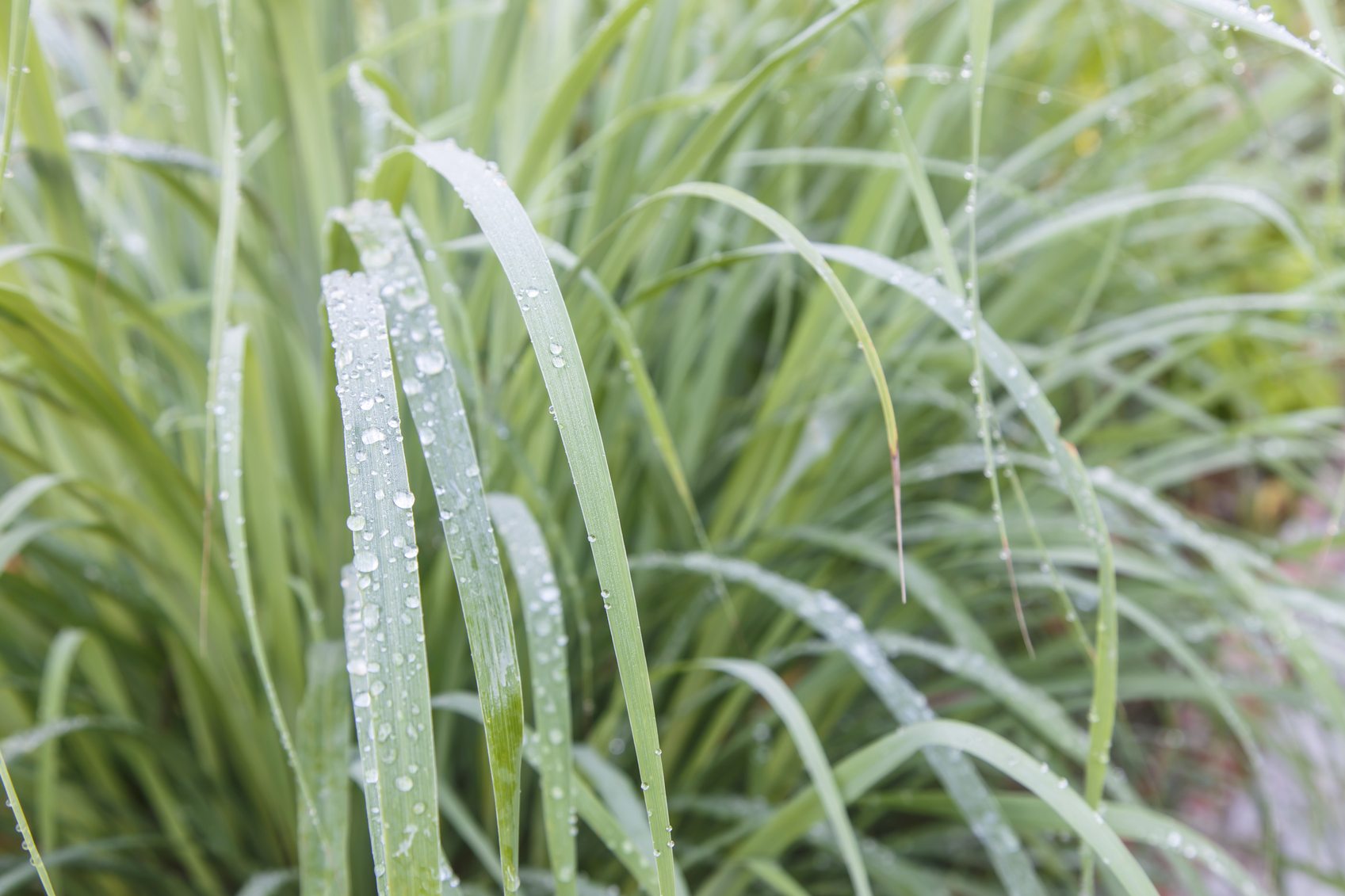 When To Water Lemongrass – What Are Lemongrass Water Requirements
When To Water Lemongrass – What Are Lemongrass Water RequirementsCaring for a lemongrass plant is easy, but one thing it is fussy about is water. Knowing when to water lemongrass and how much the plant requires is helpful. The information in this article provides tips for lemongrass watering.
By Bonnie L. Grant
-
 Propagating Lemongrass By Division: Tips On Dividing Lemongrass Plants
Propagating Lemongrass By Division: Tips On Dividing Lemongrass PlantsLemongrass is generally grown from stem cuttings or divisions. If you have wondered "can I propagate lemongrass," the answer is yes. Propagating lemongrass by division is the simplest process. Find out how to divide lemongrass plants here.
By Amy Grant
-
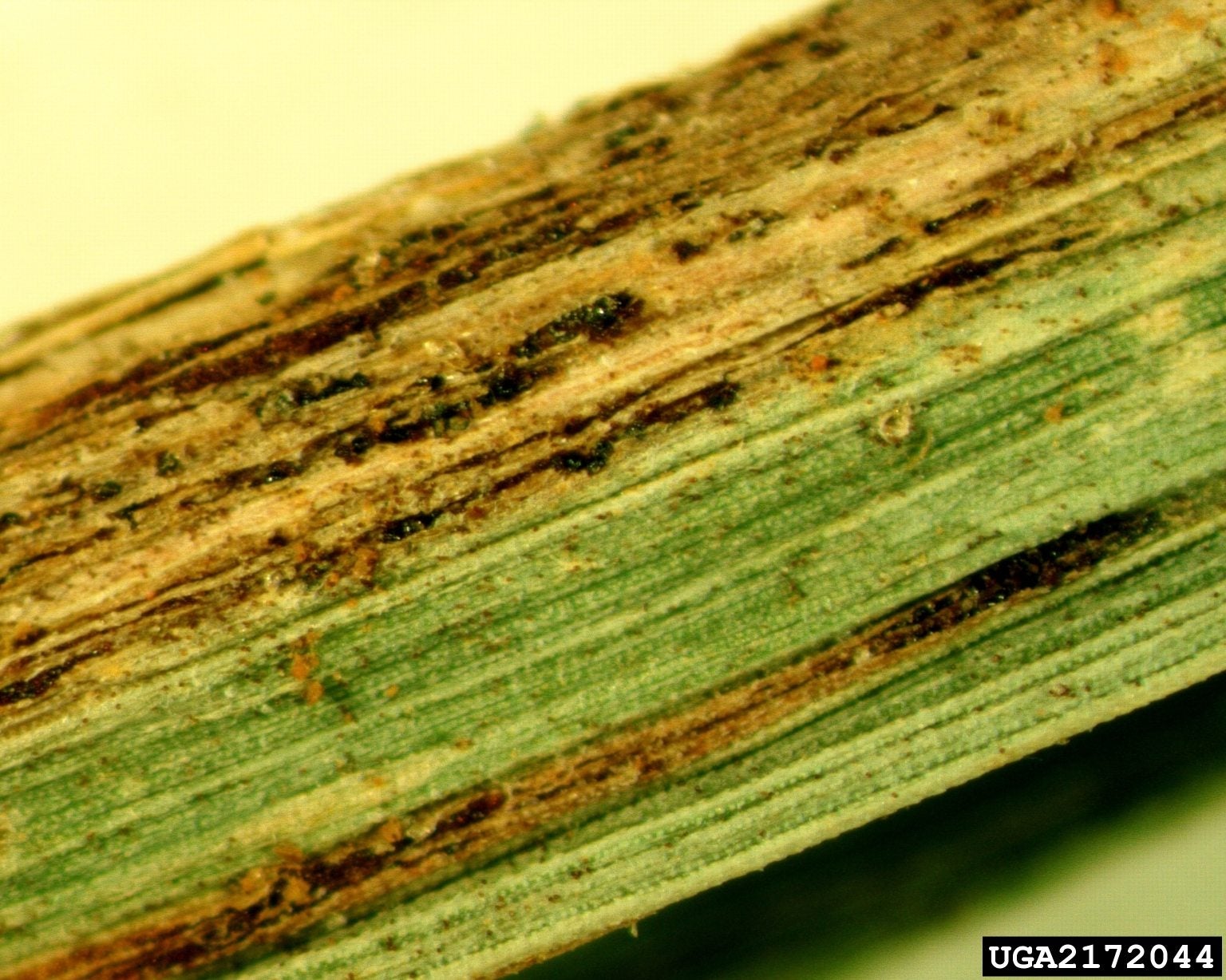 Lemongrass Plant Turning Brown: Help For Brown Leaves On Lemongrass
Lemongrass Plant Turning Brown: Help For Brown Leaves On LemongrassLemongrass is a citrus scented grass used in many Asian dishes. It also makes a lovely, easy to grow addition to the garden. Easy to grow it may be, but not without issues. Lemongrass turning brown can be a problem. Click here to learn more.
By Amy Grant
-
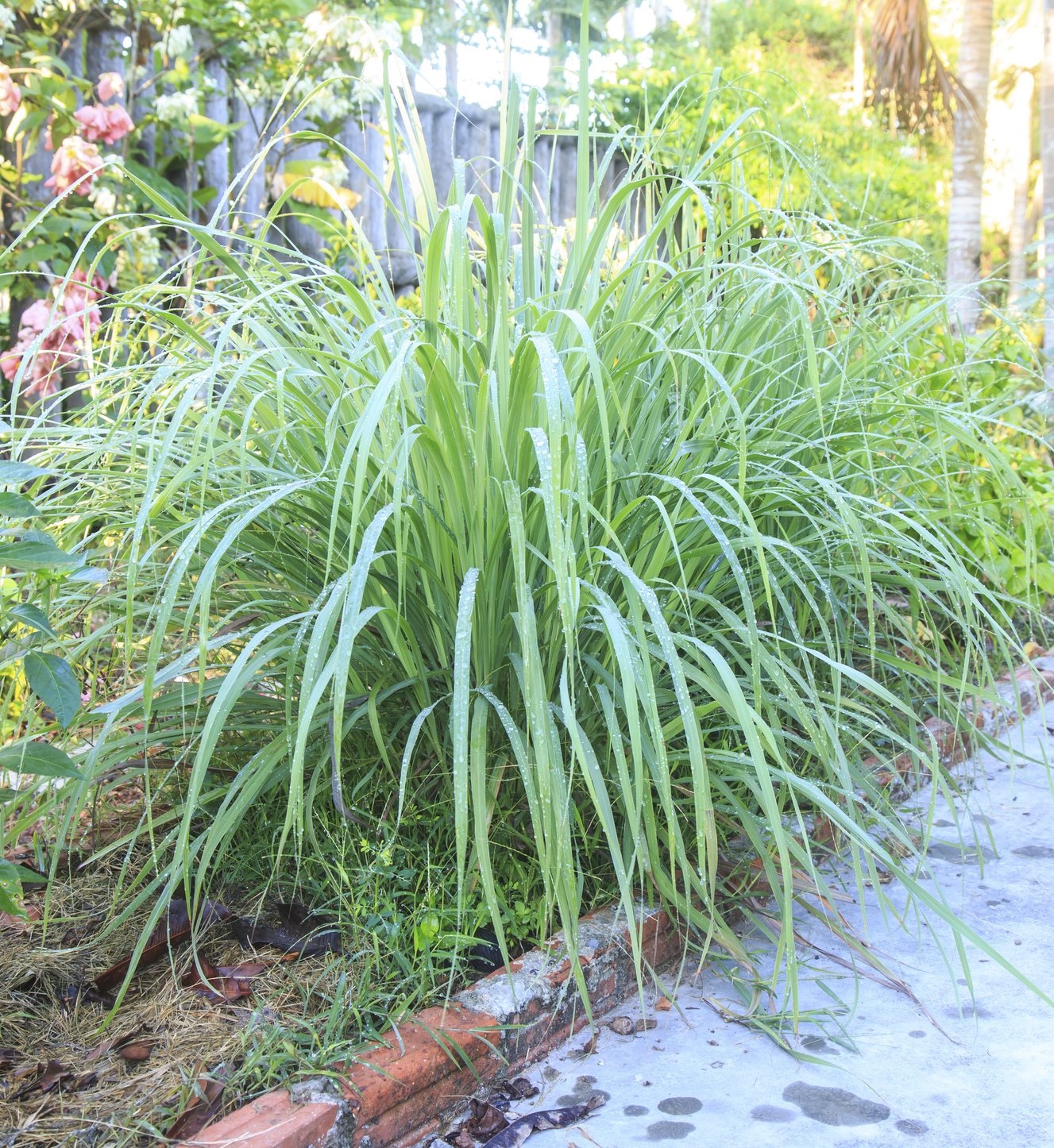 Lemongrass Companion Plants – What To Plant With Lemongrass
Lemongrass Companion Plants – What To Plant With LemongrassLemongrass is a sweet pungent, citrusy plant often used in Asian cooking. It is a sun-loving plant, so companion planting with lemongrass should include other plants that like to bask in plenty of heat and light. This article provides some suggestions.
By Bonnie L. Grant
-
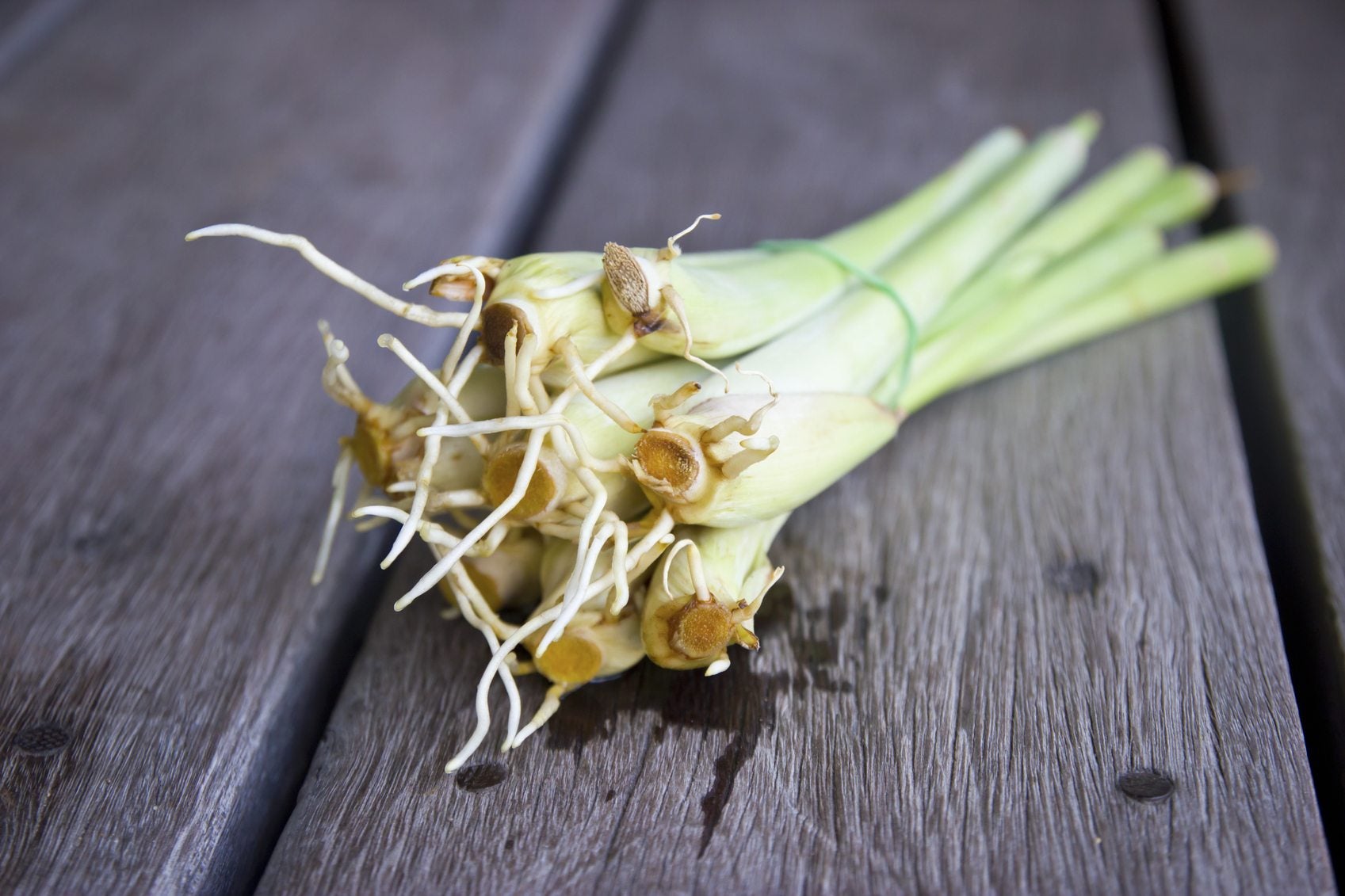 Lemongrass Propagation – Regrowing Lemongrass Plants In Water
Lemongrass Propagation – Regrowing Lemongrass Plants In WaterLemongrass propagates with a very high success rate from the cuttings you can buy at the grocery store. Learn more about propagating a lemongrass plant and regrowing lemongrass plants in water using the information found in this article.
By Liz Baessler
-
 Growing Lemongrass Indoors: Tips On Planting Lemongrass In Pots
Growing Lemongrass Indoors: Tips On Planting Lemongrass In PotsYou can grow lemongrass from the stalks you buy in the grocery store. Click on this article to learn about care for indoor lemongrass plants and how to grow lemongrass indoors. Once you try your hand at growing this plant, you won't need to buy it again.
By Liz Baessler
-
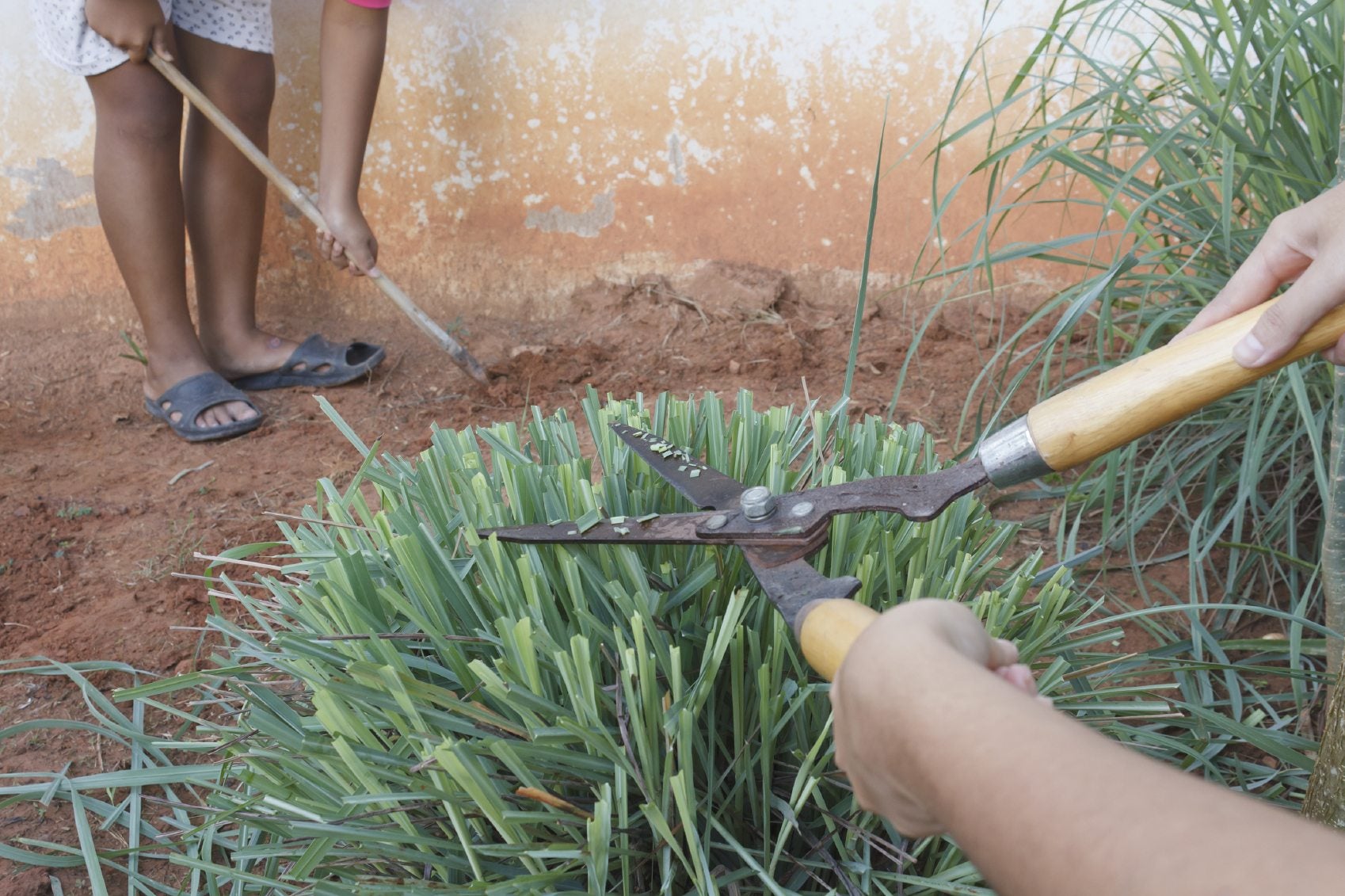 Lemongrass Pruning: How To Cut Back Lemongrass Plants
Lemongrass Pruning: How To Cut Back Lemongrass PlantsLemongrass is fast growing and can get a little unruly if not pruned back regularly. Use the information in the following article to learn more about how to cut back lemongrass. Click here for more lemongrass pruning info.
By Liz Baessler